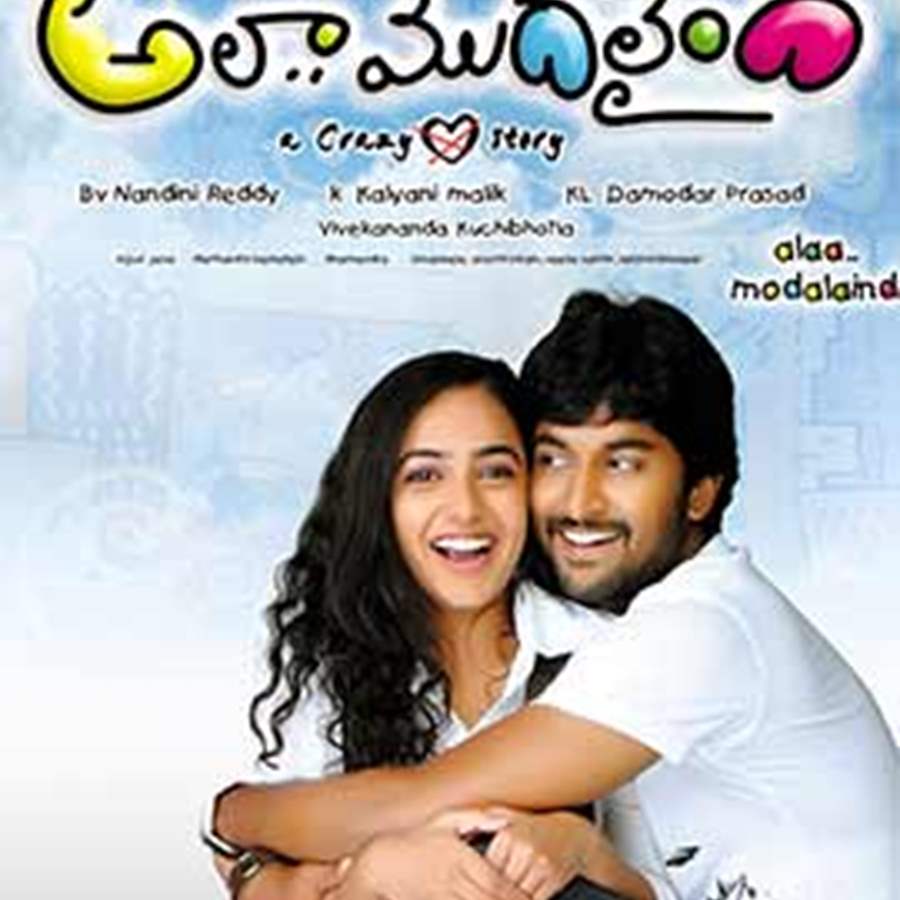

FCUK’s story primarily revolves around its lead actors – Father (Jagapathi Babu), Chitti (Baby Sahashritha), Umaa (Ammu Abhirami) and Karthik (Ram Karthik) and hence the acronym ‘FCUK’. The director herself has admitted that the portrayal was insensitive.Let’s see how the film is. Gautham being mistaken as a gay man is a recurring ‘joke’, which eventually triggers the end of his relationship with Kavya. The film has been criticised for its insensitive portrayal of homosexual men. But just as we are about to celebrate the possible arrival of the SRK-like metrosexual hero (Gautham even says “Main aa raha hoon Simran”), the gay jokes are inflicted on us. He tries to beat up Nithya’s harassers on a later day, but immediately apologises, saying he was angry about something else. He deals with road rage calmly, and is even apologetic. In the next scene, she becomes an ordinary woman, a vet dealing with buffaloes.Īlthough the film would barely pass the Bechdel test, Gautham’s character is written as a vulnerable, sensitive, non-toxic male – aka a basic decent human being. Kavya (Sneha Ullal), one of Gautham’s girlfriends, is introduced while dancing at a club. When Gautham complains about her elaborate shopping trip, she tells him that shopping is one of the few things that offer women (of means) a modicum of choice and freedom. Nithya’s heartbreak is shown without putting her down or making her look helpless. Nandini Reddy is one of the extremely few women filmmakers in Telugu cinema, and this seeps into the way the men and women are written in the film. Written by a woman, the film also had ‘relatable’ women (to some sections of the audience) doing relatable things like being heartbroken, losing weight for a man, and dealing with failed relationships. Gautham has a chance to save Nithya from street harassment, but she manages on her own. These films had urban middle to upper class (and of course upper caste) leads, who had the liberty to simply explore their romantic relationship for the most part of the film, without excessive drama from parents or villains.īoth Nithya and Gautham see other people in between, but they never turn into the bad guys. But these films did not fit into the genres defined by conventions in the West (and they shouldn’t have to).īefore Ala Modalaindi came Sekhar Kammula’s Godavari (2006), and Chandra Sekhar Yeleti’s Prayanam (2009). For instance, films made by Jandhyala, Vamsy, Bapu, and later by Vijaya Bhaskar, Teja and others.

There were of course many Telugu films made earlier, with themes of romance and comedy. These were films that featured urban middle-class characters and also seemed to be directed at audiences that could ‘relate’ to these characters. Multiplexes, millennials and the Telugu rom-comĪla Modalaindi was released in 2011, when ‘multiplex’ films were not uncommon in Telugu. Like any cultural product, the film’s impact has been a result of the socio-cultural context it was made in, and has also been re-examined over time. Ala Modalaindi is one of the quintessential parts of popular culture celebrated by Telugu middle-class millennials. Or the drunkard in the climax played by the actor now called ‘Thagubothu’ (Drunkard) Ramesh.
#ALA MODALAINDI MOVIE DOWNLOAD TV#
Some of the funny lines and scenes are still recalled with fondness, like Gautham’s enlightening tips on TV sensationalism to his colleague, a crime show host. It had audiences shrieking with laughter in theatres.


Of course, the film had good actors and writing going for it.


 0 kommentar(er)
0 kommentar(er)
